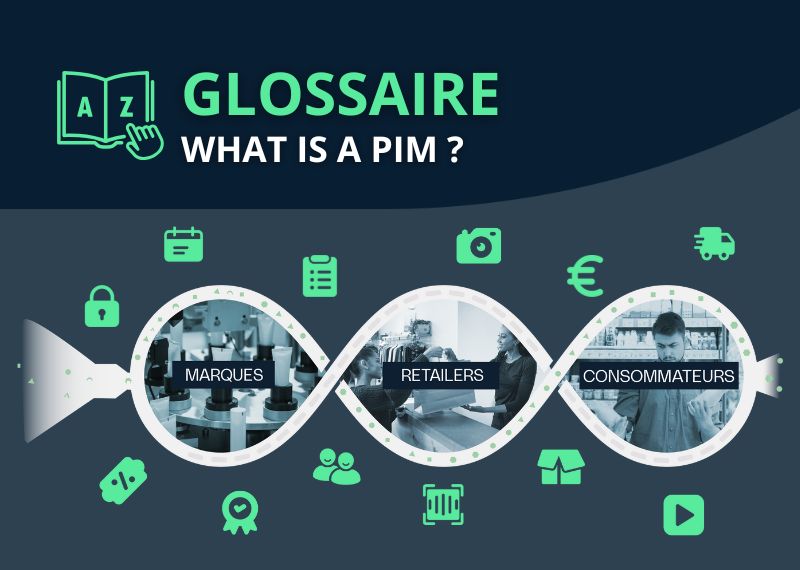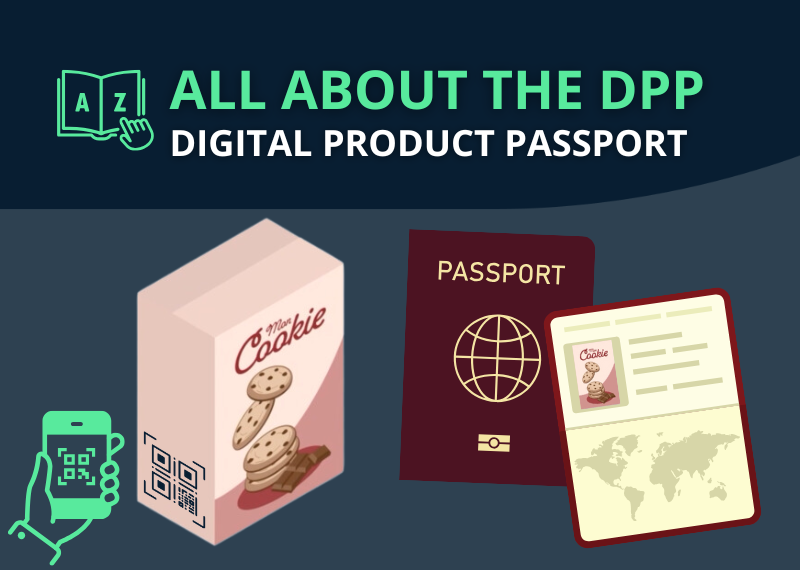Table of contents
Managing a product from A to Z, from creation to design to commercialization, is a complex challenge for both brands and retailers. It requires not only precise coordination and rigorous data management, but also the agility to respond quickly to shifting market trends and evolving customer expectations. With consumers demanding more information and transparency than ever, it’s crucial for businesses to optimize every stage of the product lifecycle to deliver a compelling customer experience.
This is where PLM (Product Lifecycle Management) and PIM (Product Information Management) come into play. While these two systems operate at different stages of the product lifecycle, they are highly complementary. Today, understanding their respective roles is essential for improving product performance across the entire value chain.
What is PLM?
Le PLM (Product Lifecycle Management) is a solution that centralizes all the information related to product development (technical, regulatory, creative). It is used from the initial idea stage through every phase of production. It is a tool for managing processes, documents, and collaboration between teams involved in developing a product, from design to launch. This includes version control, change management, and compliance documentation. PLM enables smooth collaboration across teams such as R&D, design, purchasing, and quality.

Key benefits of PLM
Implementing PLM brings many benefits for companies, especially in sectors where design and manufacturing processes are complex and involve a large number of people:
- Improved collaboration across R&D, procurement, quality, design, and production teams
- Better traceability throughout the product lifecycle
- Faster product development cycles
- Fewer design errors and inconsistencies
What is PIM?
PIM (Product Information Management) is a solution designed to centralize, structure, and manage all product information (marketing descriptions, digital assets, prices, logistics). It ensures data consistency and accuracy across all distribution channels (retailers, e-commerce, marketplaces, apps, social media, etc). PIM provides a single source of truth for smoother, more efficient data management.

Key benefits of PIM
Integrating a PIM offers many benefits to brands and retailers. All the more so when they manage a large volume of data, scattered across several internal softwares:
- Reduced costs related to data errors
- Improved operational efficiency across teams
- Faster time to market
- Scaled omnichannel and international expansion
PLM and PIM: Similarities and differences
Both PLM and PIM are product information management systems, but they serve different purposes. What they have in common is the need to efficiently manage critical information to ensure product quality and customer satisfaction. However, their distinct functions make them essential at different stages of product management.

Though PIM and PLM serve different objectives, they complement each other. PLM provides the foundational technical data, which PIM can then enrich and distribute across channels. Together, they promote smoother workflows, reduce errors, and enable faster market responsiveness.
How do PIM and PLM work together?
Take a cosmetics brand managing dozens or even hundreds of products. Managing all the product information can be complex: regulated ingredients, formula or packaging variations, varied distribution channels (physical retailers, e-commerce sites, marketplaces, pharmacies…).
- Thanks to PLM, R&D, quality and regulatory teams work together right from the design stage to validate formulas, certification, local standards…
- Then the PIM takes over: it centralizes all marketing data, images, translations and logistics specifications for each channel, market or partner.
Result: fast, consistent product distribution and fewer errors.
Should you choose a PIM, a PLM, or both?
Setting up a PIM or PLM depends on the company’s specific needs and its position in the product lifecycle.
- Opting for PLM: ideal for companies focused on product innovation, with complex design processes and the need for optimal collaboration between teams. PLM ensures traceability of modifications and guarantees regulatory compliance.
- Opting for PIM: ideal for companies managing a large catalog of products distributed over several channels. PIM centralizes product information, ensures consistency and facilitates distribution, improving campaign efficiency and bringing transparency to consumers with quality information.
- Combining the two: ideal for companies wishing to manage the entire product lifecycle, from design to marketing. Integrating PLM and PIM offers a holistic approach, optimizing internal processes and boosting competitiveness on the market.
Making the right choice: Which PIM/PLM is right for your business?
Selecting a PIM or PLM solution requires a deep understanding of your specific business needs, as well as the strengths and limitations of each system. A qualified solution provider can help guide this decision with technical expertise and experience in implementing these complex systems.
Implementing a PIM or PLM is a complex project requiring specific skills to build a tailor-made project that meets your needs. Working with an expert gives you access to:
- Industry expertise: expert service providers have in-depth knowledge of PIM and PLM tools, as well as best practices.
- A proven methodology: they will support you throughout the project, from analyzing your needs to training your teams.
- A solution tailored to your needs: they will offer you a solution tailored to the size of your company, your sector of activity and your specific challenges.
From the right tool… to the right implementation
PIM and PLM are not competing systems, they are complementary. While PLM structures the genesis of the product, PIM maximizes its commercial impact by orchestrating the detailed management and omnichannel distribution of data. Together, they form a strategic duo at the service of innovation, speed of execution and customer experience.
But successful integration requires careful planning. Needs assessments, process mapping, change management: success means having a clear vision and the right support.
👉 Whether you’re navigating digital transformation, structuring your product data, or simply seeking operational efficiency, now may be the right time to speak with an Equadis expert.



